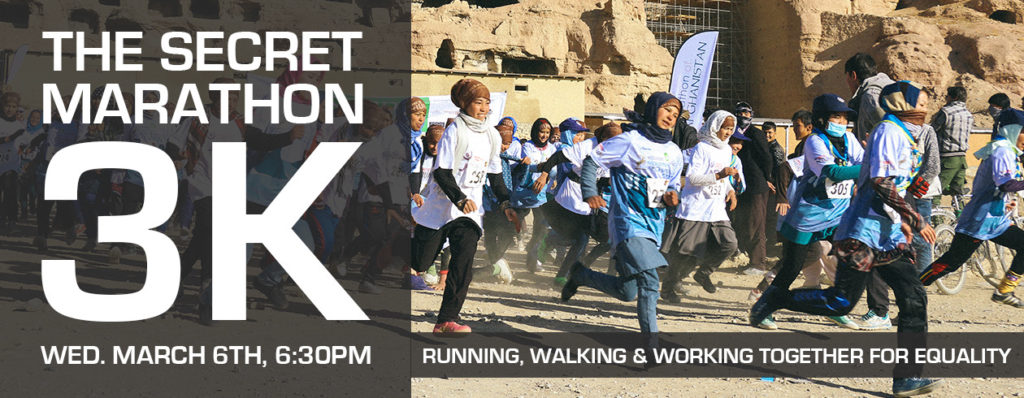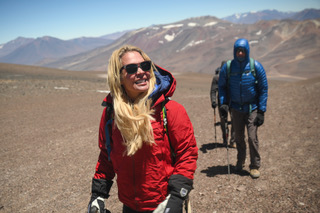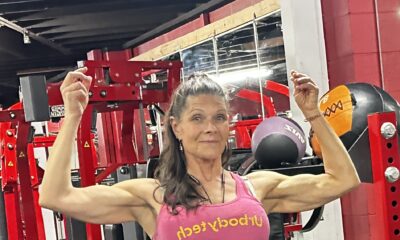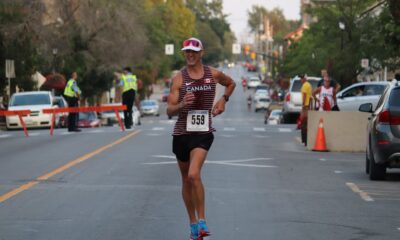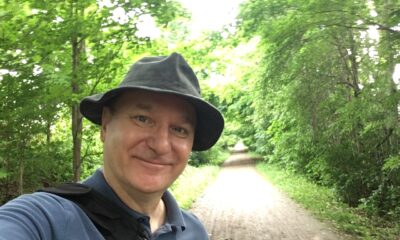Freedom is something we take for granted until someone tries to take it away.
Freedom allows us to fly to most countries on earth, though in Afghanistan, it can’t save a woman from getting pelted with rocks and verbal abuse while she trains for a marathon.
This is not surprising in a part of the world where cultural development, particularly for women, is decades behind western norms.
In 2015, Zainab was the first woman to run the distance, and it was while training, she was threatened; to the point of having her marathon training schedule cut short.
She would instead train by jogging laps in her back yard but then an amazing thing happened.
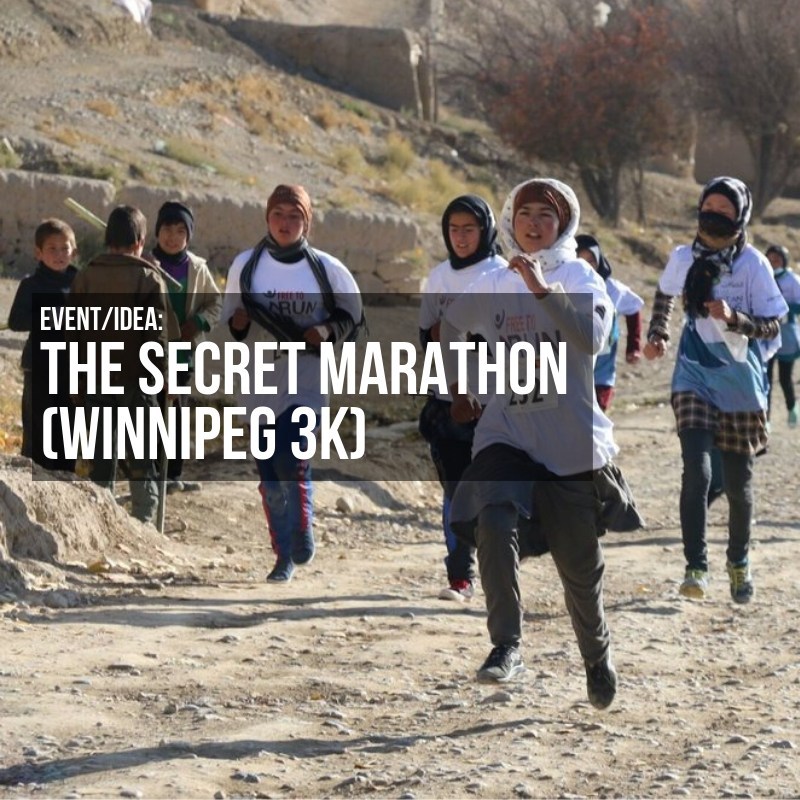
Zainab completing the marathon distance had started a movement for gender equality.
In the film, The Secret Marathon, Afghan women with a passion for running and training are risking their lives for the freedom to run.
The documentary was shown across Canada and recently screened at the Edmonton International film festival.
In a Q&A interview, first-time marathoner and filmmaker Kate McKenzie of Calgary, Alta. talks about the film and her training regimen in Afghanistan.
Q: When did the idea for the film come about?
A: I had read Martin’s (Parnell) book, Marathon Quest and was really inspired learning about someone who ran 250 marathons in one year. When I saw him at an event I attended, I walked over to introduce myself.
There was no way I could have known that meeting would change my life.
Martin told me that he was looking for a filmmaker to help him – he told me about Zainab, who was the first Afghan woman to run a marathon in Afghanistan.
When Zainab tried to train for the marathon, people threw rocks at her, insulted her and she even received threats from terrorists just for doing something that we take for granted, tying up her shoes and going for a run.
Q. What was the process like in making the film?
A: Making The Secret Marathon presented a lot of challenges. Afghanistan was and still is on a Do Not Travel advisory from the Canadian government due to the risks of traveling in the country.
The women who participate in the Marathon of Afghanistan are truly courageous.
There are many more women and girls living in Afghanistan who are still unable to participate as it is too dangerous where they live due to landmines and active conflict or due to social and cultural pressures.
A year into the making of the film, one of the Afghan women we were working with had to be removed from the film to protect her safety as she and her family were still receiving threats a full year later just due to her running.
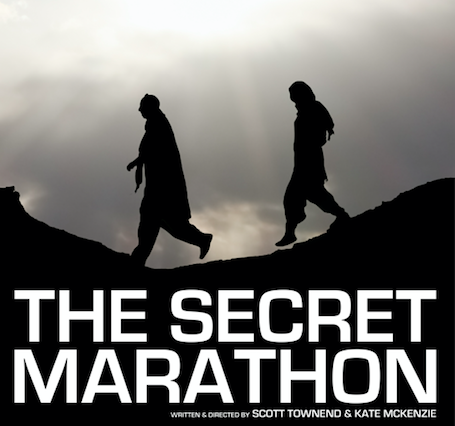
We were able to work together with Afghan cultural advisors to share stories like hers through animation as a way to ensure that we could honor the experience that so many women face while also maintaining their safety.
Q: How did you train for your first marathon?
A: While I was running, I followed Martin’s nutrition and hydration plan.
Unlike races in North America, there are no portable toilets along the race route nor is there potable water so all of my hydration had to be carefully planned out.
I used Carbo Pro and mixed it in with my water to help me keep my nutrition up throughout the run.
The heat wasn’t too bad as we were in the mountainous region of Afghanistan so it was between 18-25 degrees Celsius when we were running; the real challenge was that I was wearing modest clothing to demonstrate respect for Afghan culture.
That meant wearing something I would normally wear for winter running in summer temperatures.
The extra layers meant it was about five degrees hotter for me than for my male counterparts.
The Marathon of Afghanistan showed me the power of sport that by creating a safe race you can create a safe place.
Sport can be used as a way to reclaim spaces and to encourage gender equality.
Information at www.thesecretmarathon.com/3krace
Finally, I want to thank Comfort Gym in Richmond, Que. for allowing me to work out for the past couple of weeks while visiting family.
